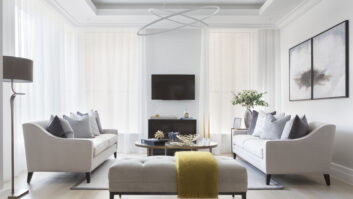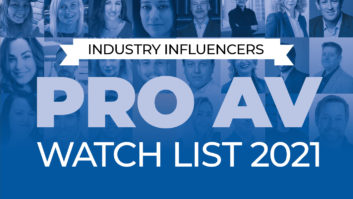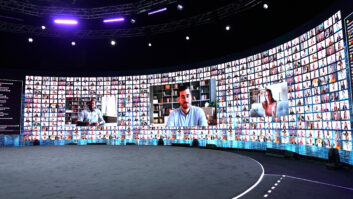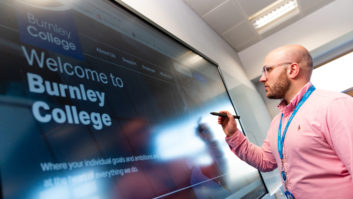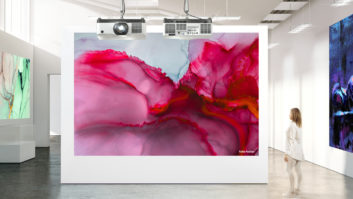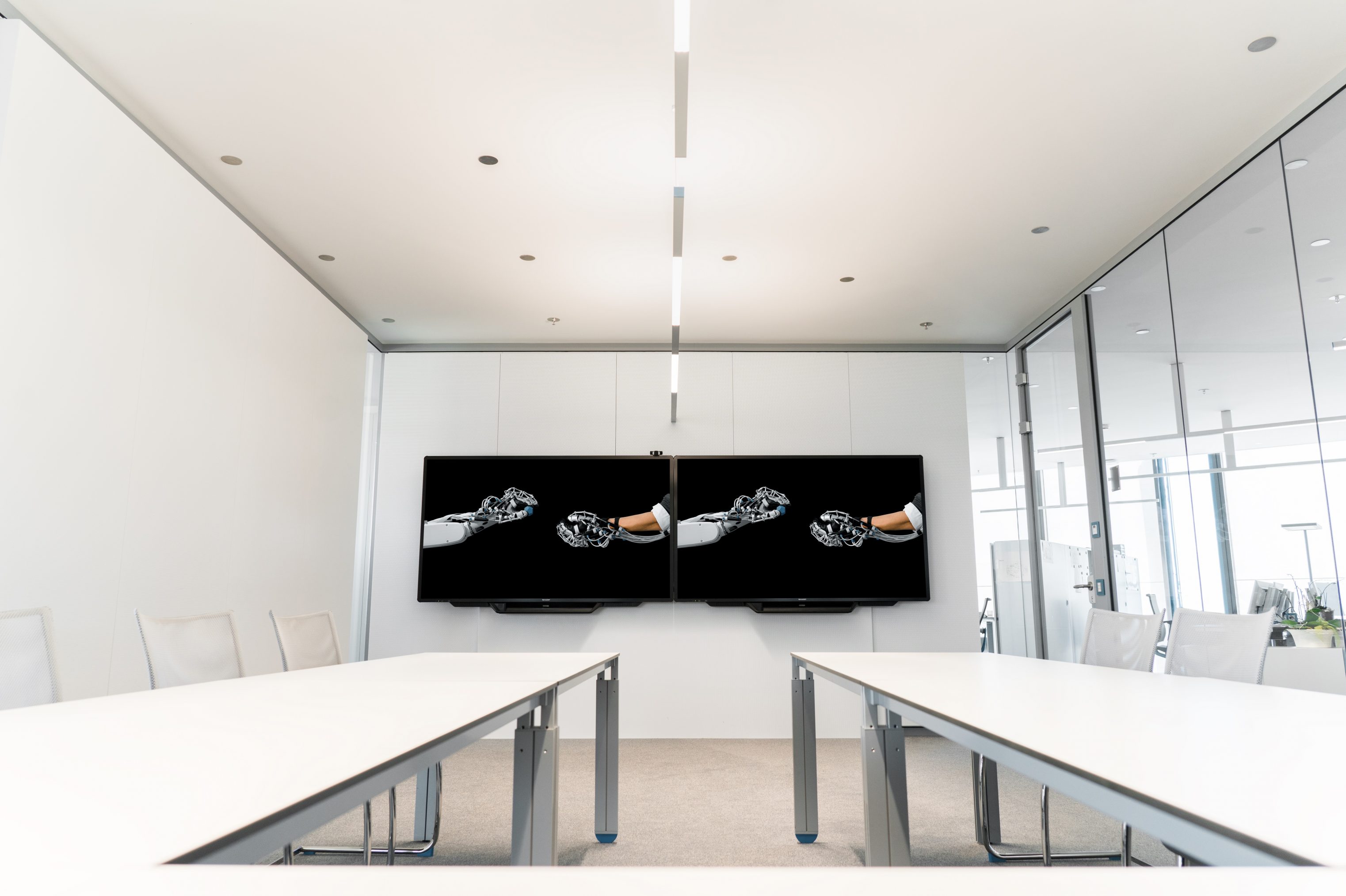
Birgit Jackson, commercial director for Visual Solutions at Sharp, reveals how the corporate market has evolved over the last few years and the technology stimulating this shift, while also discussing the manufacturer – end-user relationship.
How radically has the size of the corporate AV market changed over the last few years?
The interactive display market has undergone major growth in recent years, particularly in the corporate sector. Not only do corporates generally have a lot of meeting rooms that can utilise new technology, but an increased focus on corporate collaboration means businesses are adopting collaborative AV products, such as interactive displays.
With BIG PAD, Sharp is a leader in this space, providing displays that enable better communication between people and from organisations. But the entry of big IT players in recent years shows how much potential there is for continued growth in this area. This investment adds external validation to this type of product, which presents a real opportunity for us and our channel.
The replacement of projectors with large format displays has also had a major impact on the size of the market. Displays are much simpler to install and maintain, and are also far easier to handle on site. So a few years ago, when the price point of displays reached that of projectors, there was no reason for corporates not to buy these products.
In an increasingly digital and individual working environment, it’s even more important to get people to collaborate, share and exchange information
With regard to touch display solutions, what are the most promising new technological possibilities in corporate environments?
The most promising new technologies are those that enhance the user experience and have implications for how we interact – not only with technology but with each other. Ultimately technology should make meetings better, it shouldn’t be distracting or obstructive.
So in terms of screen technology, P-Cap and optical bonding are improving the touch experience, while palm rejection technology makes it easier to write on displays. This Pen-On-Paper feel is something we prioritise in all of our displays, trying to make it as close as possible to a natural writing experience.
When it comes to user interaction, in an increasingly digital and individual working environment, it’s even more important to get people to collaborate, share and exchange information. So technology that enables an ‘Eyes Up’ meeting helps to capture everyone’s attention and contribution, compared to a meeting where everyone is eyes down on their own devices.
Connectivity is also important. When you’re connecting to any device, whether it’s using a phone, tablet or laptop, you want the screen to clone the touch and view from your own device without added hassle like cables. That’s why we launched the wireless Mini OPS module, to allow users to easily and quickly connect their devices to Sharp displays.
In a corporate setting, being able to connect displays to the network or the Cloud is key. It means you can walk up to a display and work, you don’t need to connect your laptop or device.
With the level of competition in this market, how important is it for manufacturers to develop closer relationships with end-users so they fully understand what is required?
Understanding the needs of the end-user is vital to the success of any product. It’s not enough to have amazing technology, it needs to be designed around and useful for specific requirements.
User expectations are changing. People expect products to work for them; if a product takes too long to understand or is too complicated they won’t use it. These higher expectations are being driven by the increased competition we’re seeing in the AV market.
A major part of Sharp’s continued success comes from its drive to understand the end user. In a corporate setting, this means understanding how people interact with products and each other in meeting rooms to enable that eyes up meeting scenario.
As a user, you don’t want to pay for features you don’t need. Not all interactive flat panels are made equal, and there isn’t one display for all corporates. That’s why a range of solutions are important. Different meeting types and different meeting spaces need a different display. From the short informal catch up, to the highly technical design meeting, it’s important that end-users can make a choice based on their needs.
System integrators are a key partner in this process, as they are very often our window to the end-user. Many of our end-users are looking for an integrated solution rather than a specific product, so this is where integrators can really add value and help to fulfil user needs.
